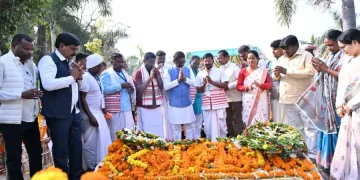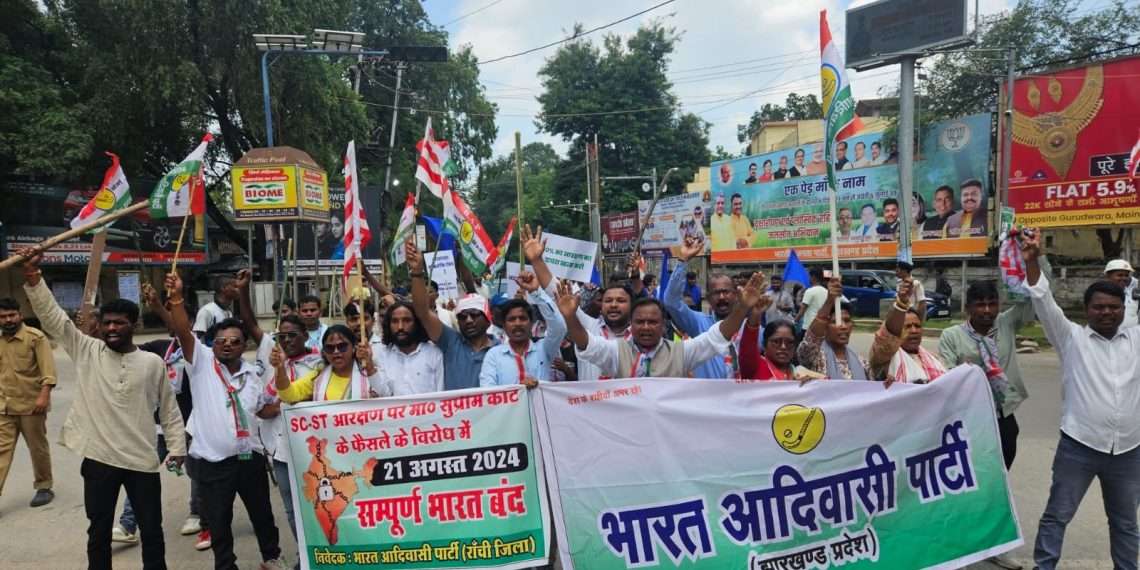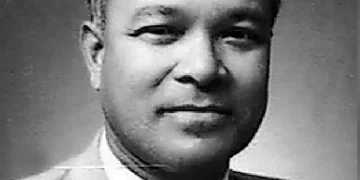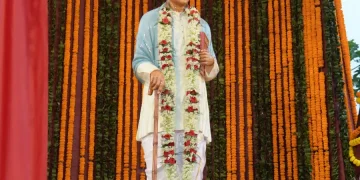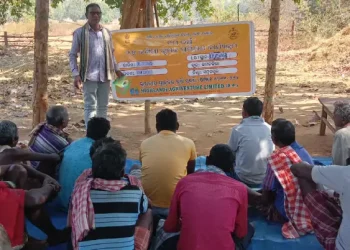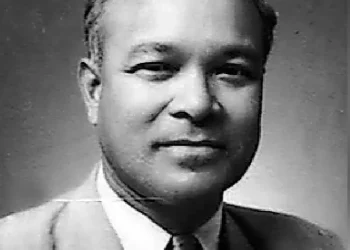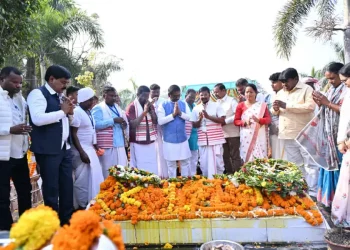New Delhi
The day-long Bharat Bandh, on the call of the National Confederation of Dalit and Adivasi Organisations (NACDAOR), on Wednesday evoked a strong response in several States with rail and road traffic also severely affected in some regions.
The Bandh was called as a mark of protest against the recent Supreme Court ruling by a seven-judge bench led by Chief Justice DY Chandrachud allowing States to make further sub-classifications within the Scheduled Castes and Scheduled Tribes to ensure that the benefits of reservation reach the last mile.
THE SUPREME COURT RULING IN SHORT
On August 1, a seven-judge bench of the Supreme Court headed by Chief Justice of India, in a 6:1 ruling, permitted States to create sub-classifications within the Scheduled Caste (SC) and Scheduled Tribe (ST) categories for the purpose of according wider protections, through fixed sub-quotas, to the most backward communities within these categories.
The sub-classification is for reservation in educational institutions and public employment.
The Supreme Court also called for exclusion of the creamy layer from the ambit of Scheduled Caste/Scheduled Tribe reservation.
NACDAOR’s KEY DEMANDS:
1) The Centre should reject the Supreme Court’s August 1 judgement, claiming that it threatens the constitutional rights of the SCs and STs.
2) Enact a new Act of Parliament to address reservations for SCs, STs and OBCs. Rhis Act should be included in the Ninth Schedule of the Constitution to shield these provisions from judicial interference.
3) Immediate release of caste-based data on SC/ST/OBC employees in Government services to ensure their accurate representation.
4) Recruit judicial officers and judges from all sections of society to achieve 50 per cent representation of marginalised communities in the higher judiciary.
5) Address and fil all backlog vacancies in Central, State government departments and PSUs.
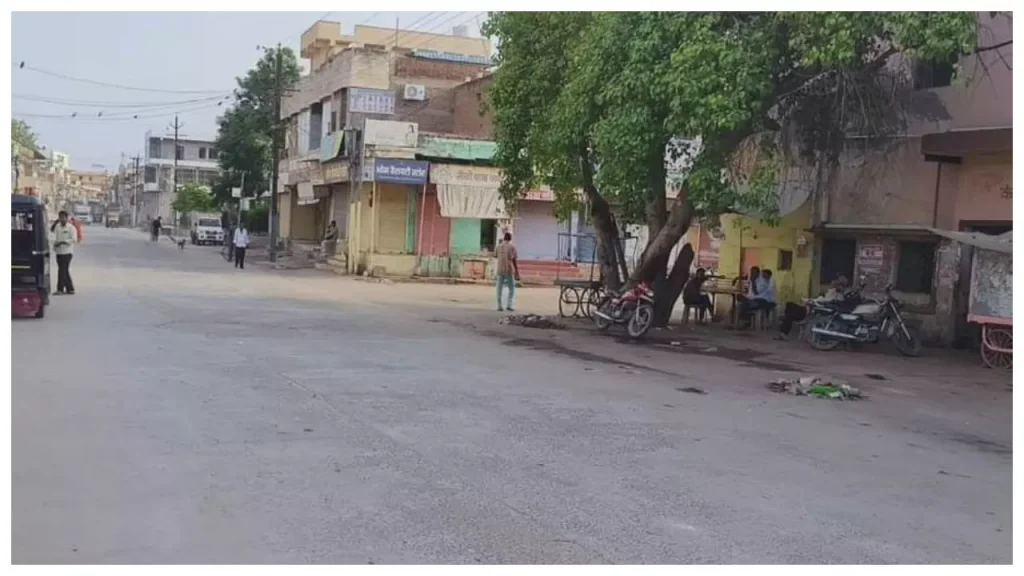
CENTRE’S STAND
The Union Cabinet discussed the issue and rejected the Supreme Court’s call for exclusion of the creamy layer from the ambit of Scheduled Caste/Scheduled Tribe reservation. Following the Cabinet meeting, Union Minister Ashwini Vaishnaw said, “According to the Constitution given by B R Ambedkar, there is no provision for a creamy layer in the SC/ST reservation.” He said the provision for SC/ST reservation should be in accordance with the Constitution.
Earlier, the BJP’s SC/ST MPs also met Prime Minister Narendra Modi and apprised him of their concern regarding the creamy layer. The PM assured them that the Government would not take any step in this direction.
THE GENESIS
The Supreme Court’s latest ruling has roots dating back to 1975 when the then Punjab Government issued a notification giving first preference in SC reservations to two of the most backward communities in the State namely Balmiki and Mazhabi Sikh.
This was challenged in 2004 after the Supreme Court struck down a similar law in Andhra Pradesh in E V Chinnnaiah.
The apex court had held that any attempts to create a differentiation within the SC list would essentially amount to tinkering with it, for which the Constitution did not empower States. Article 341 only empowers the President to issue such a notification, and Parliament to make additions or deletions to the list. The court also said that sub-classifying SCs violates the right to equality under Article 14.
Based on this ruling, in 2006, the Punjab & Haryana High Court in Dr. Kishan Pal v State of Punjab struck down the 1975 notification. However, the very same year, the Punjab government again passed the Punjab Scheduled Caste and Backward Classes (Reservation in Services) Act, 2006, reintroducing the first preference in reservations for the Balmiki and Mazhabi Sikhs.
This Act was then challenged by Davinder Singh, a member of a non-Balmiki, non-Mazhabi Sikh SC community. The HC, in 2010, struck down the Act and this led to an appeal in the Supreme Court.
In 2014, the case was referred to a five-judge Constitution Bench to determine if the E V Chinnaiah decision had to be reconsidered.
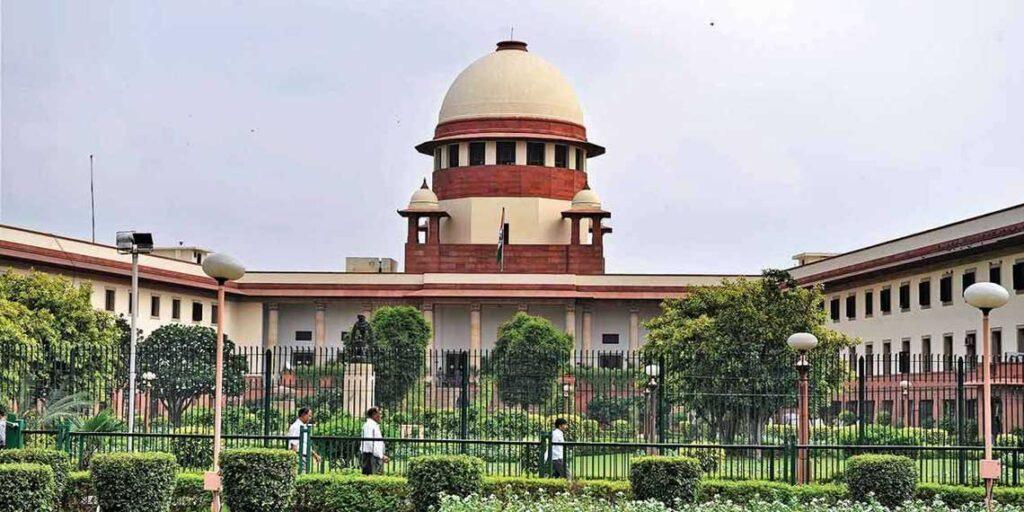
In July 2020, the Constitution bench began hearings. But since a bench of a constitutional court cannot overrule a previous judgment by a bench of the same strength, the five-judge bench referred the matter to a seven-judge bench.
On August 1, the seven-judge bench, in a 6:1 ruling, delivered its verdict.
The lone dissenter, Justice Bela Trivedi, upheld the correctness of the Supreme Court’s 2004 judgment and noted that the Scheduled Castes and Scheduled Tribes lists could not be changed by States
POLITICAL IMPLICATIONS
While no Government would dare tinker with the existing reservation system in India, knowing fully well the adverse implications and ramifications it has, a sub-classification move too is fraught with grave perils.
With a verdict in the recent Lok Sabha polls that greatly diminished its overwhelming stature, the BJP has already signalled its intent of not going by the SC ruling vis a vis the creamy layer, though it is yet to officially declare its position on the sub-classification.
In its 10 years of rule, the Modi government has been successful in its Dalits, Tribals, OBCs’ outreach and is unlikely to risk losing them with any move along the SC ruling.
Moreover, there is the impending elections in States like Jharkhand, Maharashtra and the UT of Jammu and Kashmir where there is a considerable tribal population.
Then again, the INDIA Alliance has successfully dented the BJP’s electoral fortunes by projecting it as a threat to the Constitution and put it on the backfoot with its unrelenting demand for a caste-census.
The SC ruling is more focused on reservation to the Scheduled Castes, which have a considerable sway across almost all the States in the country. There are divergent views on the sub-classification issue among the Dalits, some groupings supporting the ruling, but overall it has presented yet another opportunity for the Opposition to put the Government in a tight spot and reap political dividends.


